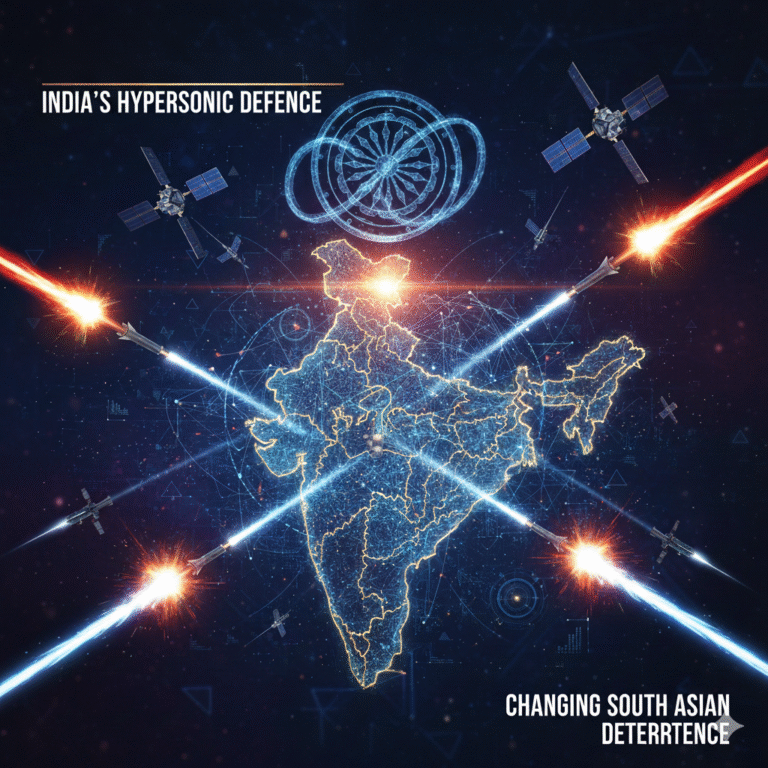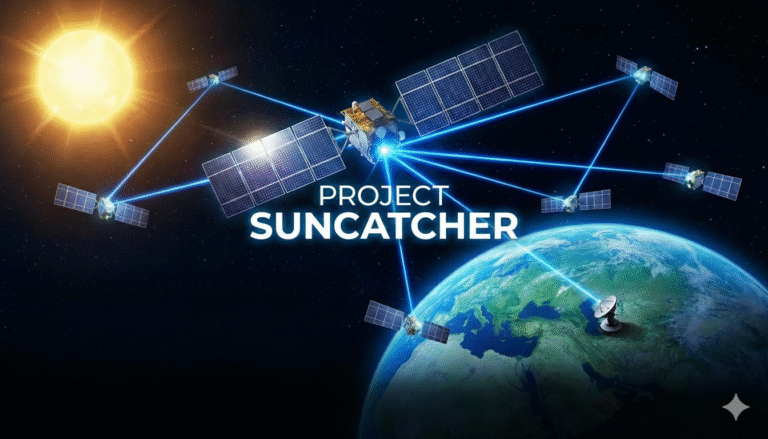Global Navigation Satellite Systems (GNSS) have long been pivotal to global positioning and timing services. With applications in smartphones, navigation devices, and logistics, the reliance on GNSS has grown exponentially. However, as automation takes the wheel across industries such as agriculture, mobility, defense, and logistics, the demand for GNSS has shifted from mere accuracy to a suite of additional requirements: safety, integrity, availability, and continuity. These attributes are now essential in meeting the expectations of next-generation mobility and unmanned systems.
GNSS: From Navigation Aid to Automation Enabler

Traditionally, GNSS was deployed to guide humans and vehicles to their destinations. Today, it’s becoming the nervous system of autonomous technologies:
- Autonomous Vehicles: Self-driving cars need centimeter-level positioning to navigate roads safely.
- Unmanned Aerial Vehicles (UAVs): Drones require real-time, high-integrity GNSS signals for airspace management.
- Smart Agriculture: Precision farming leverages GNSS to guide automated tractors and monitor crop yields.
- Next-Gen Mobility: Public transit systems and eVTOLs (electric vertical take-off and landing) require high reliability to operate safely.
Why Accuracy Alone Isn’t Enough Anymore
Accuracy has been the cornerstone of GNSS development. However, modern use cases now depend on additional performance dimensions:
- Safety: Especially in aviation and autonomous driving, the cost of signal degradation or spoofing could be catastrophic.
- Integrity: Users must trust that the signal reflects the true position within a known confidence level.
- Availability: GNSS should be accessible even in urban canyons, forests, or adverse environments.
- Continuity: Loss of signal, even for a few seconds, can result in mission-critical failures.
The Rise of High-Precision GNSS Correction Services
High-precision GNSS services, such as Real-Time Kinematic (RTK) and Precise Point Positioning (PPP), are now being widely adopted. These solutions:
- Improve positioning accuracy to the centimeter level.
- Offer error correction via satellites, ground stations, or cellular networks.
- Are vital for applications in mining, shipping, and construction.
But these correction services are evolving to also include metrics for reliability and integrity.
Industry Demands Driving Technological Innovation
Sectors are investing heavily in GNSS enhancements:
- Aviation: Integrity monitoring systems like Satellite-Based Augmentation Systems (SBAS) ensure safe aircraft landings.
- Automotive: Car manufacturers are integrating GNSS with LiDAR, cameras, and IMUs for redundancy and resilience.
- Agriculture: Autonomous tractors now come equipped with RTK-enabled GNSS to follow precise field paths.
- Defense: Militaries demand anti-jamming capabilities and trusted signals for tactical operations.
Challenges in Achieving Enhanced GNSS Capabilities
Despite technological progress, multiple challenges remain:
- Signal Vulnerability: GNSS signals are weak and easily jammed or spoofed.
- Urban Environments: Buildings can cause signal multipath or blockage.
- Space Weather: Solar activity impacts satellite signal reliability.
- Global Standardization: Different regions employ different augmentation systems, creating interoperability hurdles.
Solutions on the Horizon
To meet these rising demands, researchers and engineers are developing new strategies:
- Multi-Constellation Support: Using GPS, Galileo, GLONASS, and BeiDou to improve coverage and reliability.
- Sensor Fusion: Integrating GNSS with inertial navigation systems (INS), barometers, and other sensors.
- AI and Machine Learning: Predicting and correcting GNSS errors through real-time data analytics.
- Quantum Sensors: Future developments may replace or augment GNSS with quantum-enhanced inertial navigation.
Regulatory and Industry Collaboration
Agencies and companies are collaborating to define new benchmarks:
- ISO and SAE Standards: For automated vehicle positioning requirements.
- National Programs: The U.S., EU, and China are expanding SBAS and GNSS modernization efforts.
- Private Sector Innovation: Companies like u-blox, Hexagon, and Trimble are developing ultra-precise, high-integrity GNSS modules.
Case Studies: GNSS in Action
- Waymo & GNSS: Alphabet’s self-driving cars use fused GNSS-IMU systems for accurate lane-level navigation.
- John Deere’s RTK in Agriculture: Enables automated steering systems that increase yield and reduce waste.
- Airbus & SBAS: Airbus aircraft benefit from EGNOS-enhanced GNSS signals for precision landings.
9. The Road Ahead: Building Trust in Positioning
As GNSS systems become embedded in life-critical applications, trust and resilience are paramount. Future developments will need to:
- Ensure signal authenticity.
- Improve signal redundancy.
- Build adaptable, multi-source positioning systems.
- Maintain reliability in contested or remote environments.
Conclusion: Precision is the Starting Point, Not the Goal
In an increasingly autonomous and interconnected world, GNSS systems are more than just positioning tools; they are enablers of safety, efficiency, and intelligence. The future demands a transition from pure accuracy to a holistic focus on integrity, availability, continuity, and safety. Meeting this demand will require a multidisciplinary approach spanning engineering, regulation, and infrastructure investment. As we continue to automate the world, reliable and resilient GNSS will become the invisible backbone of progress.









+ There are no comments
Add yours